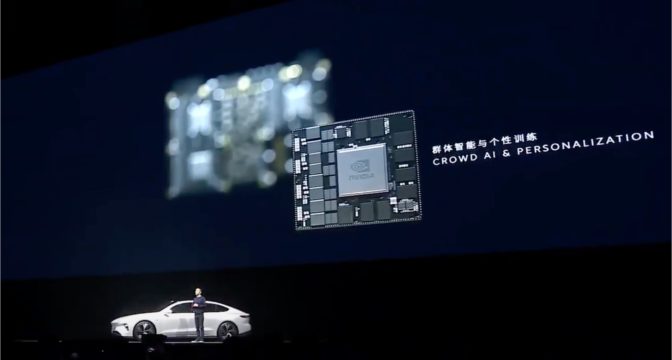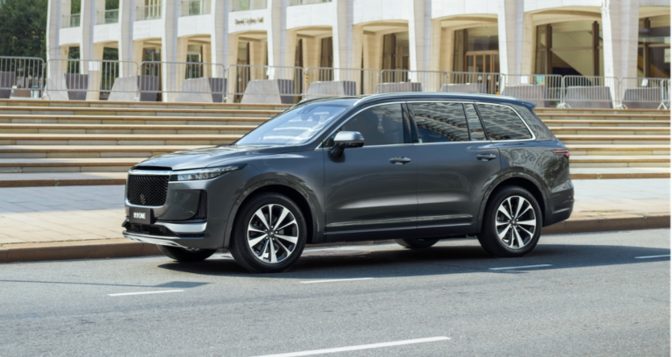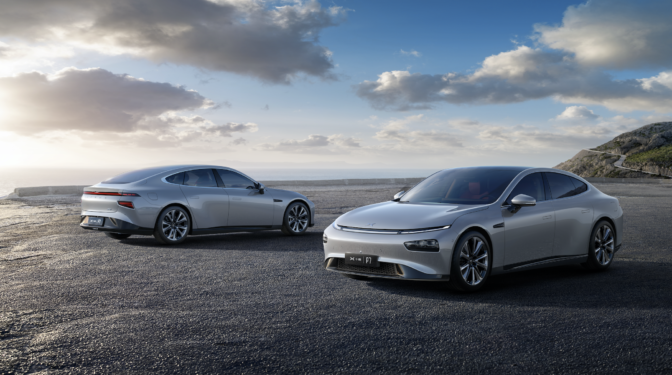Electric vehicle upstarts have gained a foothold in the industry and are using NVIDIA DRIVE to keep that momentum going.
Nowhere is the trend of electric vehicles more apparent than in China, the world’s largest automotive market, where electric vehicle startups have exploded in popularity. NIO, Li Auto and Xpeng are bolstering the initial growth in new energy vehicles with models that push the limits of everyday driving with extended battery range and AI-powered features.
All three companies doubled their sales in 2020, with a combined volume of more than 103,000 vehicles.
Along with more efficient powertrains, these fleets are also introducing new and intelligent features to daily commutes with NVIDIA DRIVE.
NIO Unveils a Supercharged Compute Platform
Last week, NIO announced a supercomputer to power its automated and autonomous driving features, with NVIDIA DRIVE Orin at its core.
The computer, known as Adam, achieves over 1,000 trillion operations per second (TOPS) of performance with the redundancy and diversity necessary for safe autonomous driving. It also enables personalization in the vehicle, learning from individual driving habits and preferences while continuously improving from fleet data.
The Orin-powered supercomputer will debut in the flagship ET7 sedan, scheduled for production in 2022, and will be in every NIO model to follow.

The ET7 leapfrogs current model capabilities, with more than 600 miles of battery range and advanced autonomous driving. As the first vehicle equipped with Adam, the EV can perform point-to-point autonomy, leveraging 33 sensors and high-performance compute to continuously expand the domains in which it operates — from urban to highway driving to battery swap stations.
With this centralized, software-defined computing architecture, NIO’s future fleet of EVs will feature the latest AI-enabled capabilities designed to make its vehicles perpetually upgradable.
Li Auto Powers Ahead
In September, standout EV maker Li Auto said it would develop its next generation of electric vehicles using NVIDIA DRIVE AGX Orin.
These new vehicles are being developed in collaboration with tier 1 supplier Desay SV and feature advanced autonomous driving features, as well as extended battery range for truly intelligent mobility.
This high-performance platform will enable Li Auto to deploy an independent, advanced autonomous driving system with its next-generation fleet.
The automaker began rolling out its first vehicle, the Li Auto One SUV, in November 2019. Since then, sales have skyrocketed, with a 530 percent increase in volume in December, year-over-year, and a total of 32,624 vehicles in 2020.

Li Auto plans to continue this momentum with its upcoming models, packed with even more intelligent features enabled by NVIDIA DRIVE.
Cruising on Xpeng XPilot
Xpeng has been developing on DRIVE since 2018, developing a level 3 autopilot system in collaboration with Desay.
The technology debuted last April with the Xpeng P7, an all-electric sports sedan developed from the ground up for an intelligent driving future.

The XPilot 3.0 level 3 autonomous driving system leverages NVIDIA DRIVE AGX Xavier as well as a redundant and diverse halo of sensors for automated highway driving and valet parking. XPilot was born in the data center, with NVIDIA’s AI infrastructure for training and testing self-driving deep neural networks.
With high-performance data center GPUs and advanced AI learning tools, this scalable infrastructure allows developers to manage massive amounts of data and train autonomous driving DNNs.
The burgeoning EV market is driving the next decade of personal transportation. And with NVIDIA DRIVE at the core, these vehicles have the intelligence and performance to go the distance.
The post New Year, New Energy: Leading EV Makers Kick Off 2021 with NVIDIA DRIVE appeared first on The Official NVIDIA Blog.
